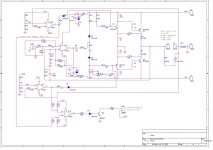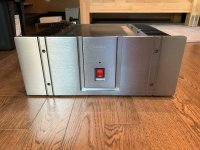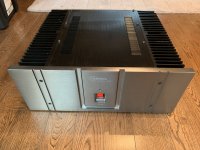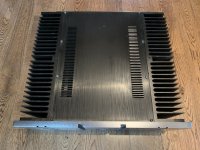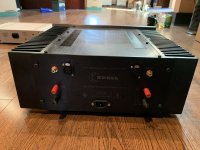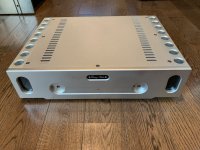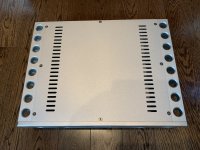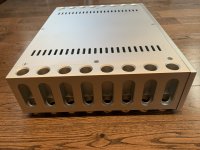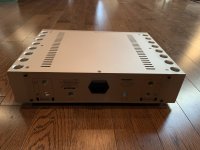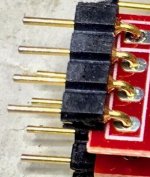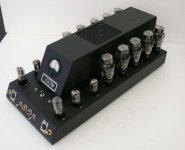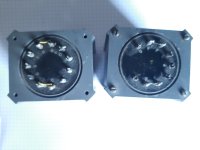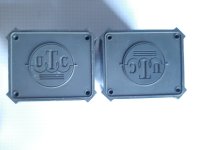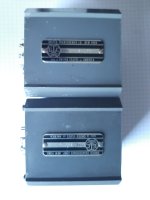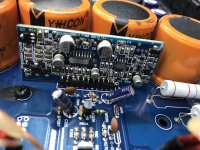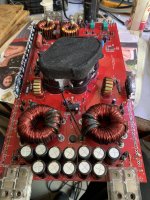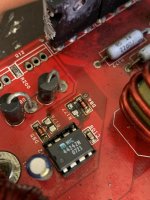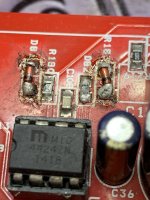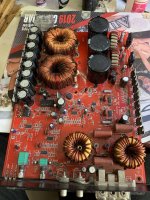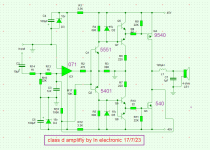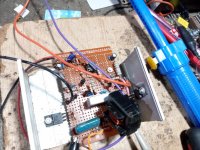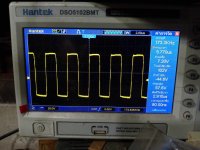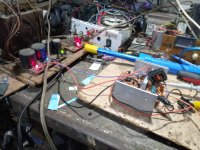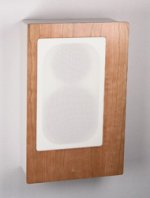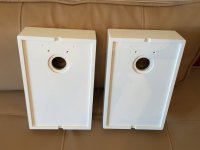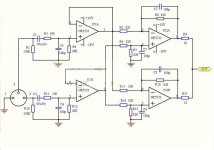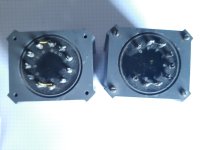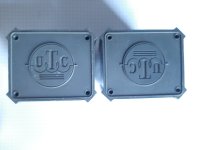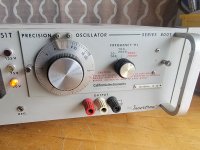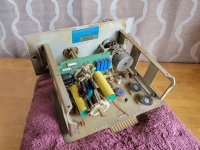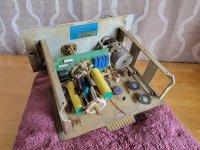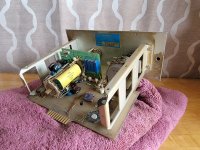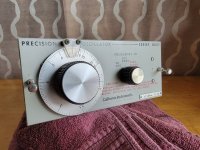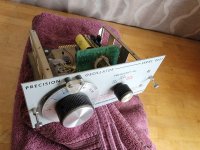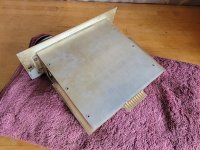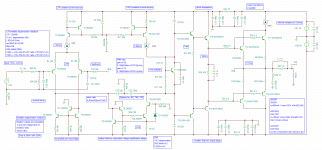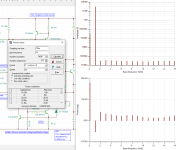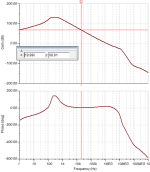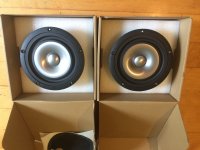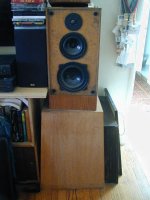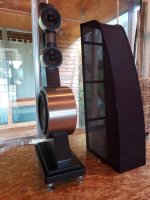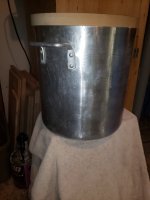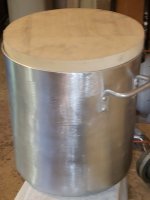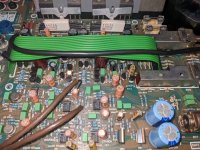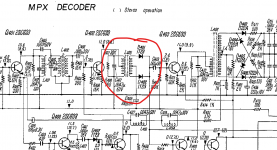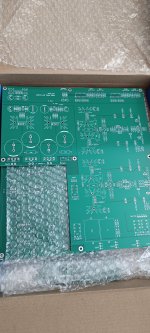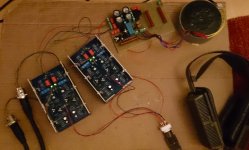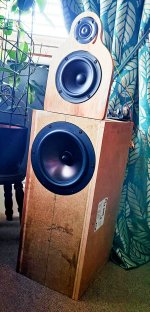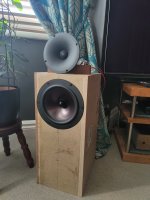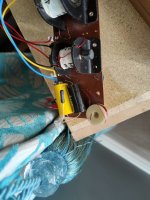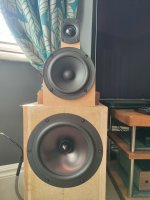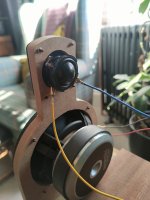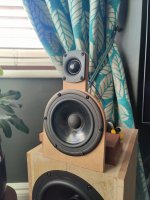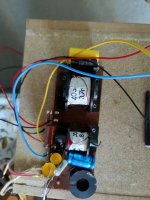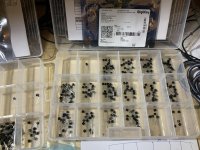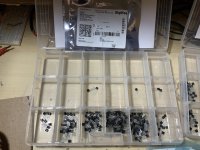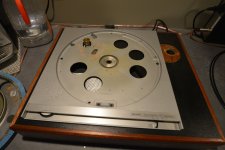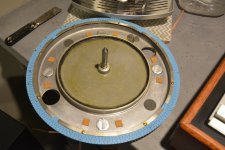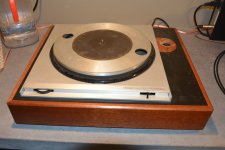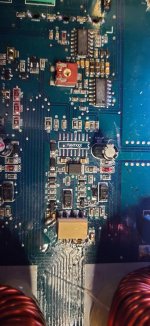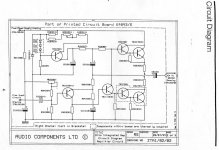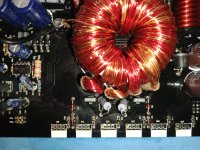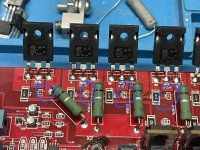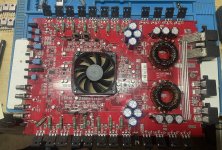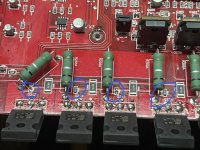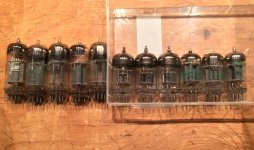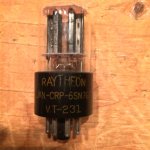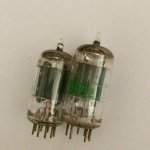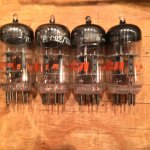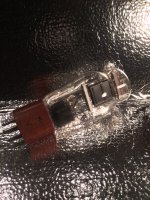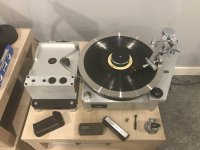Hi everyone,
I'm hoping someone can shed some light on my situation (probably fairly obsolete these days)
Quick rundown of the parts:
Ford E250 camper
- has "common ground" speaker wiring. Only one ground is shared between all speaker positives.
Alpine UTE-BT73 head unit
- has "floating ground", aka modern +/- speaker wire outputs.
Scosche FGA floating ground adapter
- takes in 8 modern +/- speaker input (and a "ground" reference connected to headunit chassis) and outputs to the old school common ground system (4 speaker +, and one ground).
Alpine KTP-445A amp
-supposed to be plug and play with Alpine head units
-takes as input the entire harness from the head unit
-outputs the entire headunit harness as if it was coming straight out of the headunit, with a higher amplified signal on the "speaker-level" wires
---------------------------------------------------------------------------------------
Working setup without amp (1):
Headunit -> FGA -> car harness -> speakers
This is working great. Balance/fader works, all speakers are equally loud. If you disconnect the ground input for the FGA (connected to headunit chassis), then the audio gets a lot quieter.
Now, I am trying to add a KTP-445A mini amp to the setup.
Theoretical setup with amp in a modern vehicle:
Headunit -> KTP-445A -> car harness -> speakers
Non-working setup with amp and FGA (2):
Headunit -> KTP-445A -> FGA-> car harness -> speakers
This is not working properly. With the FGA still grounded to the headunit like it is in setup 1, there is almost no signal going to the FR and RL speakers. Most of the sound is going to FL and RR. If you disconnect the FGA's input ground, then there is seemingly equal audio signal going to all 4 speakers, but the fade and balance don't work properly (you can't isolate the audio signal to any one speaker). For example, if I set the the fader/balance all to FR, there is basically no sound at all. This also happens with the FGA input connected.
I have tried connecting the FGA's input ground to car ground, or to the amp chassis, instead of the headunit chassis, but the exact same thing happens. I suppose I could leave it as is with the FGA's input ground NOT connected since I don't really need fader/balance, but I'm afraid this could cause damage, or not be getting full power.
Side note: The Scosche FGA is very simple and only has some capacitors inside it. I initially had a different FGA: Peripheral FGA4. It had some extra parts in it (transformers?) and would actually produce heat! The Peripheral FGA worked just fine without the amp, but would not output sound at all with its input ground disconnected. With the amp, it would get quite hot with the input ground disconnected (and same non-working fader/balance), and with the input ground connected had the same problem with the sound going mainly to the FL and RR. I like the new Scosche one since it doesn't produce heat and waste energy. But I included this info as it could provide some clues.
I am trying to understand what's going on but it's difficult without understanding what a floating ground adapter does internally.
@oPossum , it looks like you have some experience with these floating ground adapters as I saw in a different thread.
Can anyone shed some light on how a floating ground adapter works electrically and what it's supposed to do? Why isn't fader/balance working anymore? Why does sound go mainly to two channels when I connect the FGA's input ground like it's supposed to be?
Where should I ground the FGA now that the amp is in the picture?